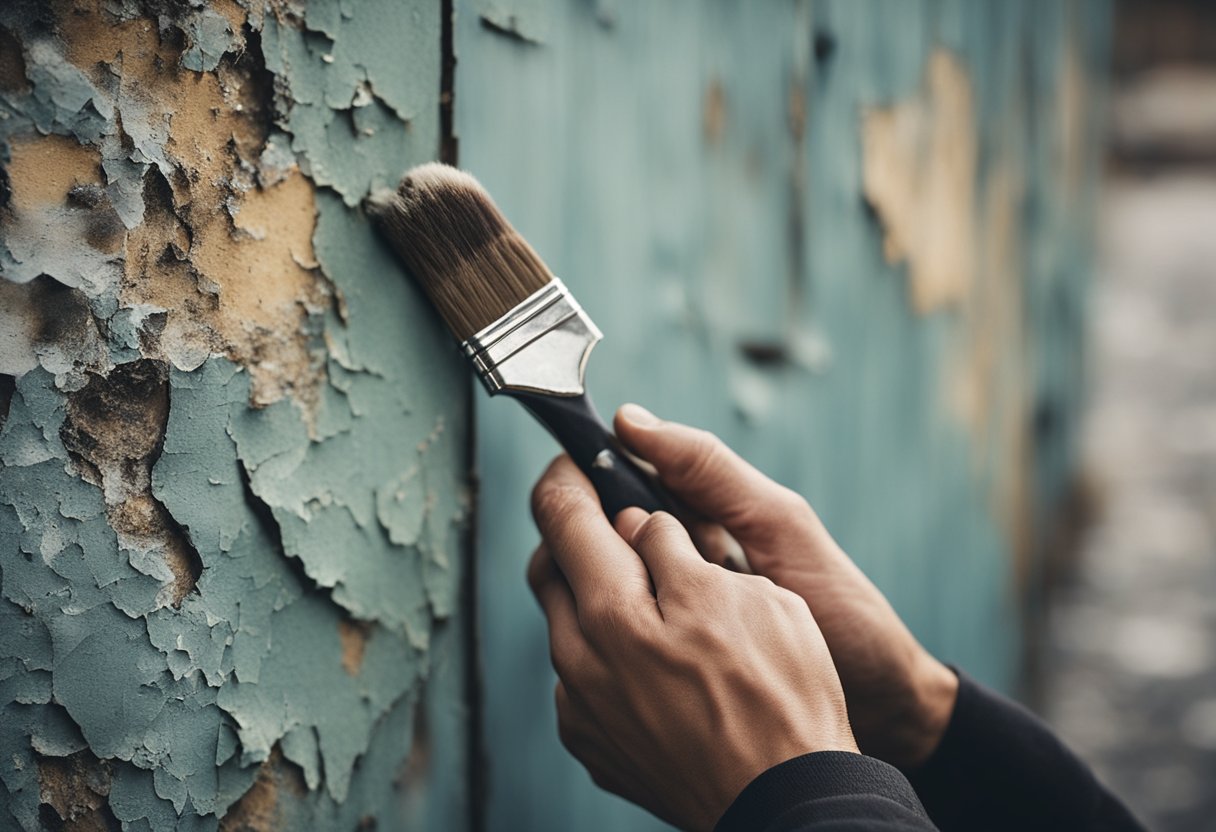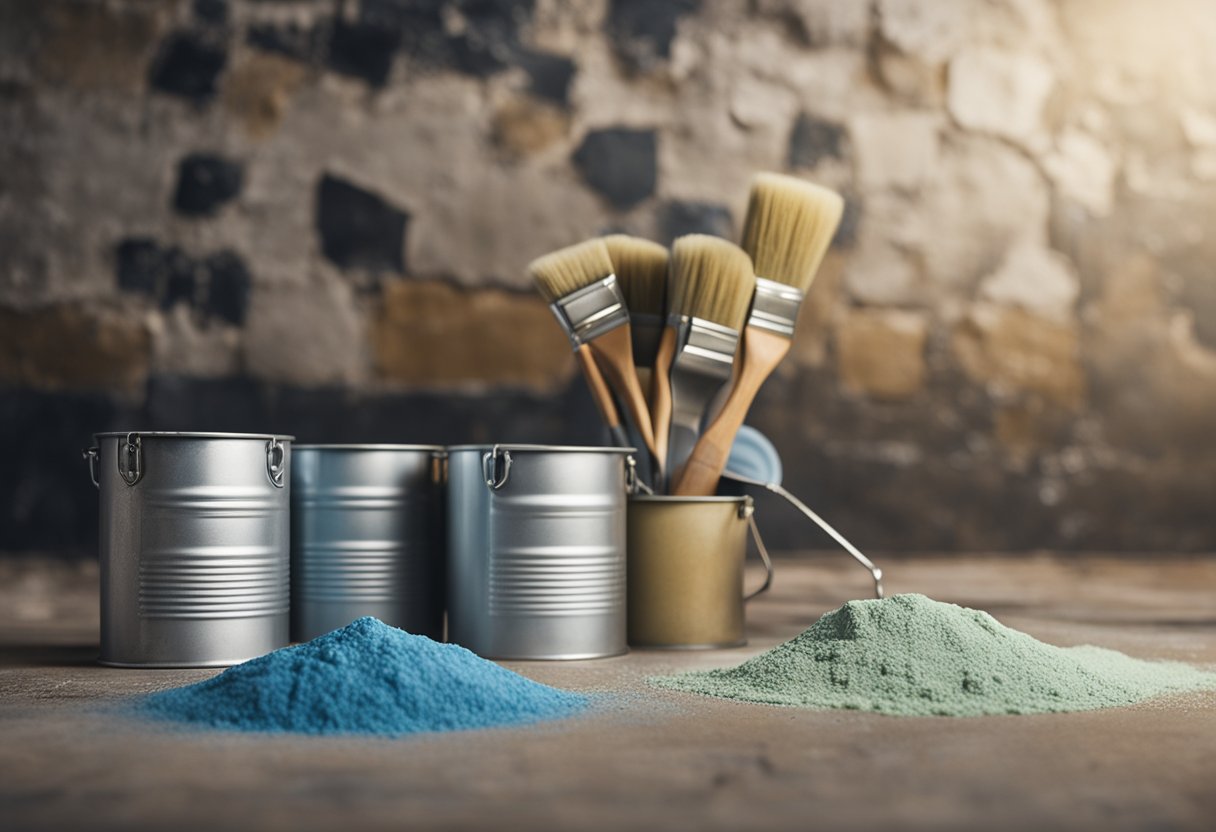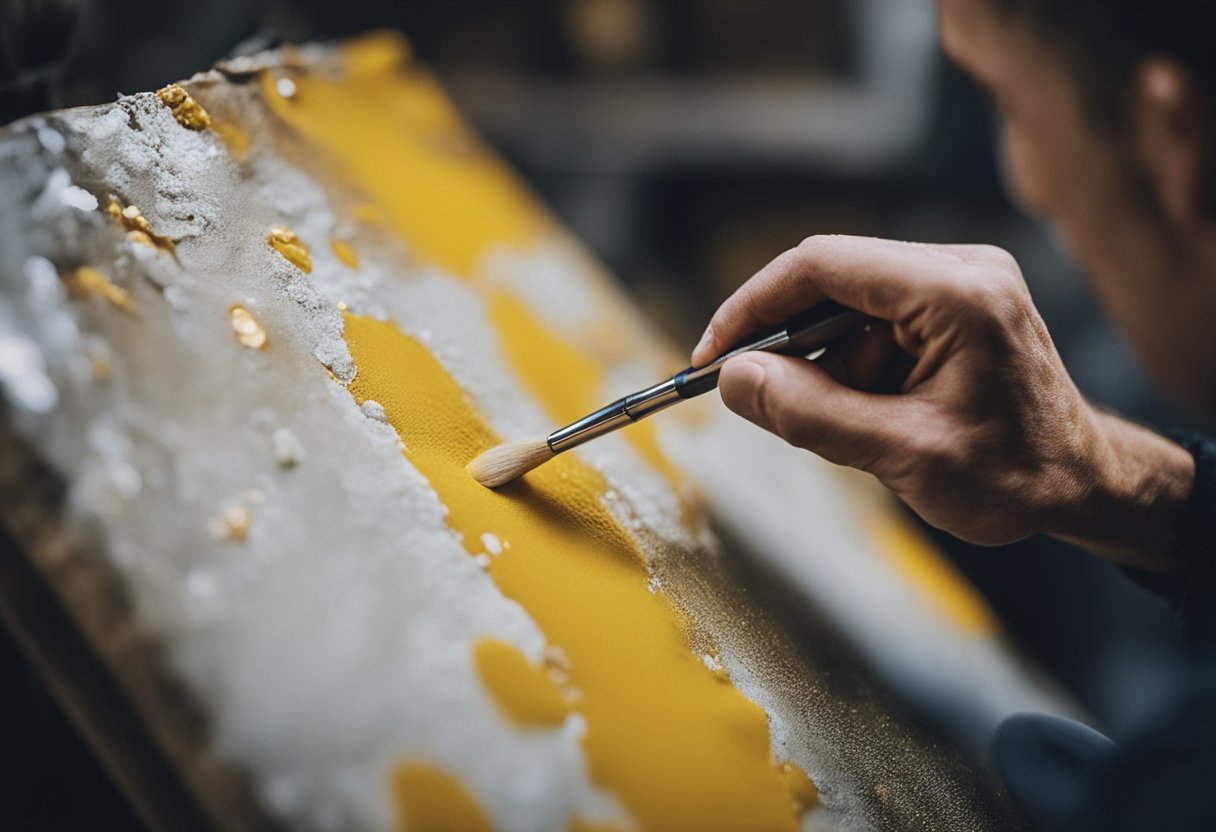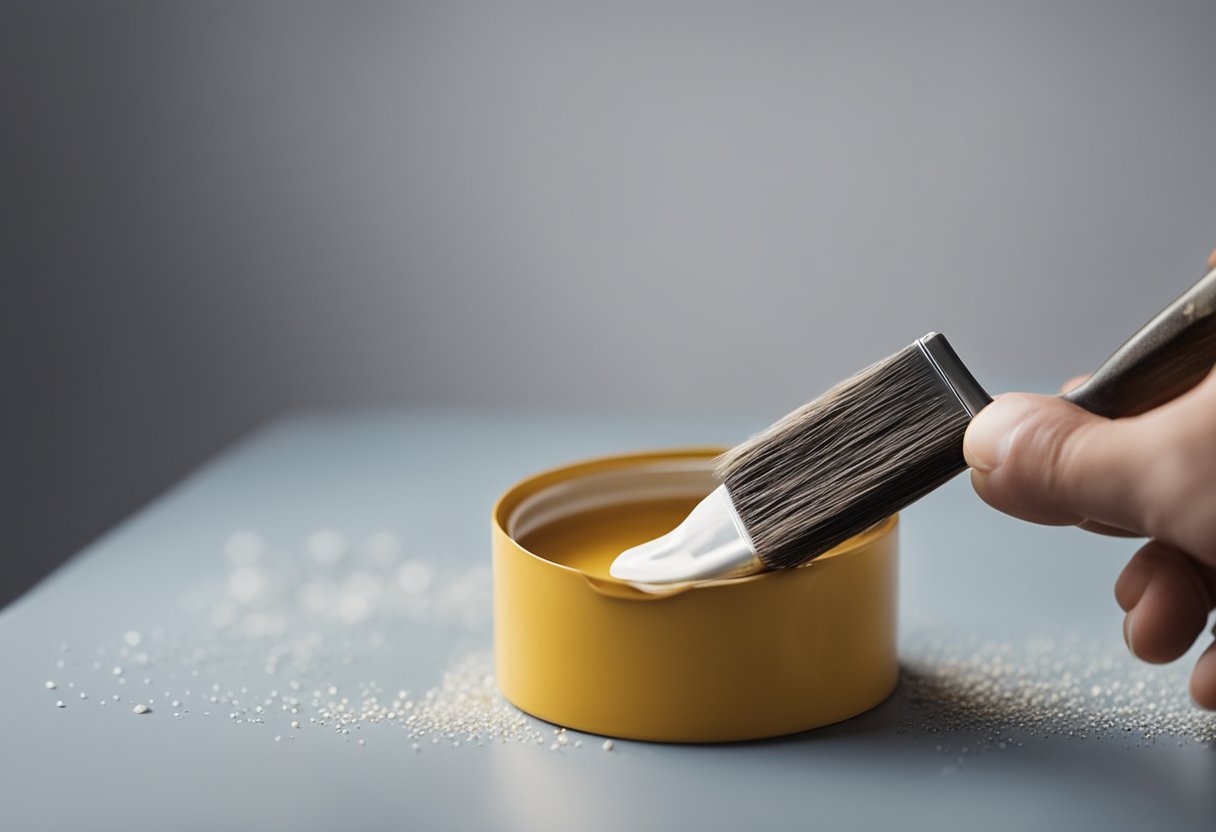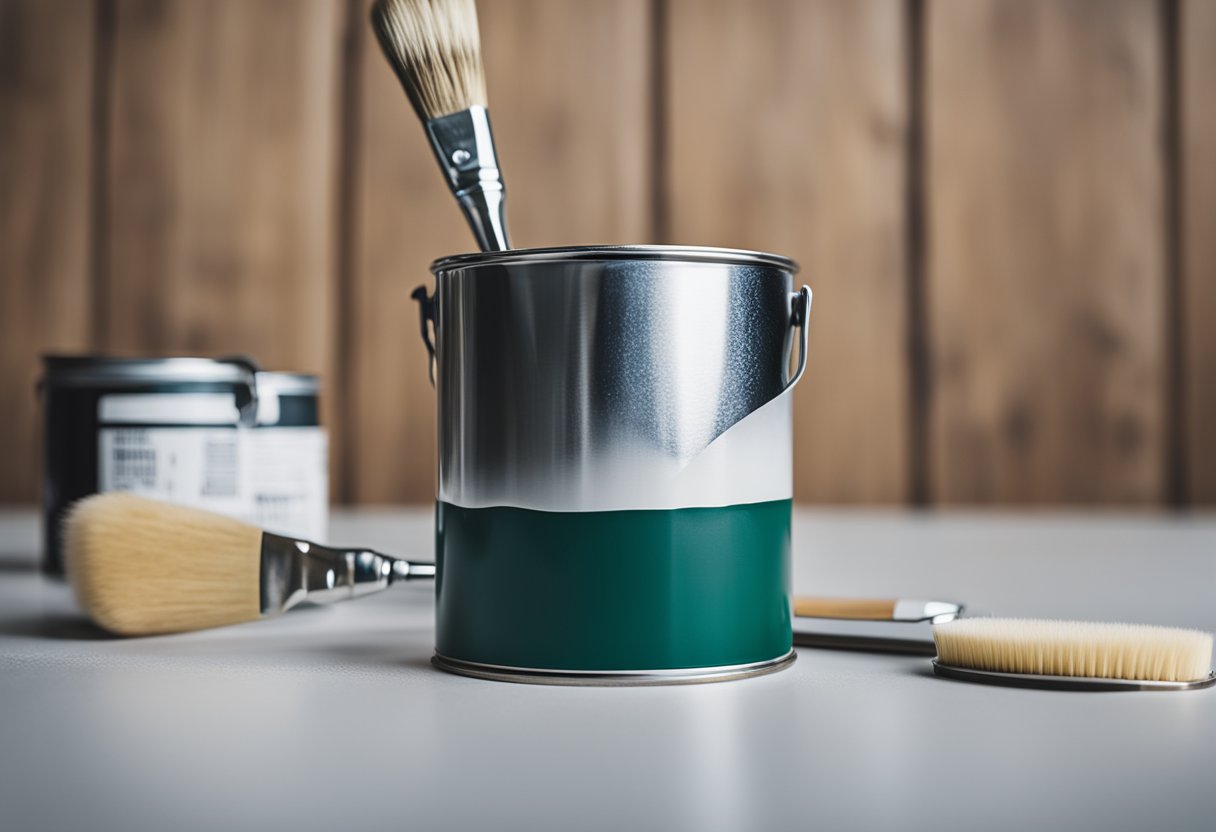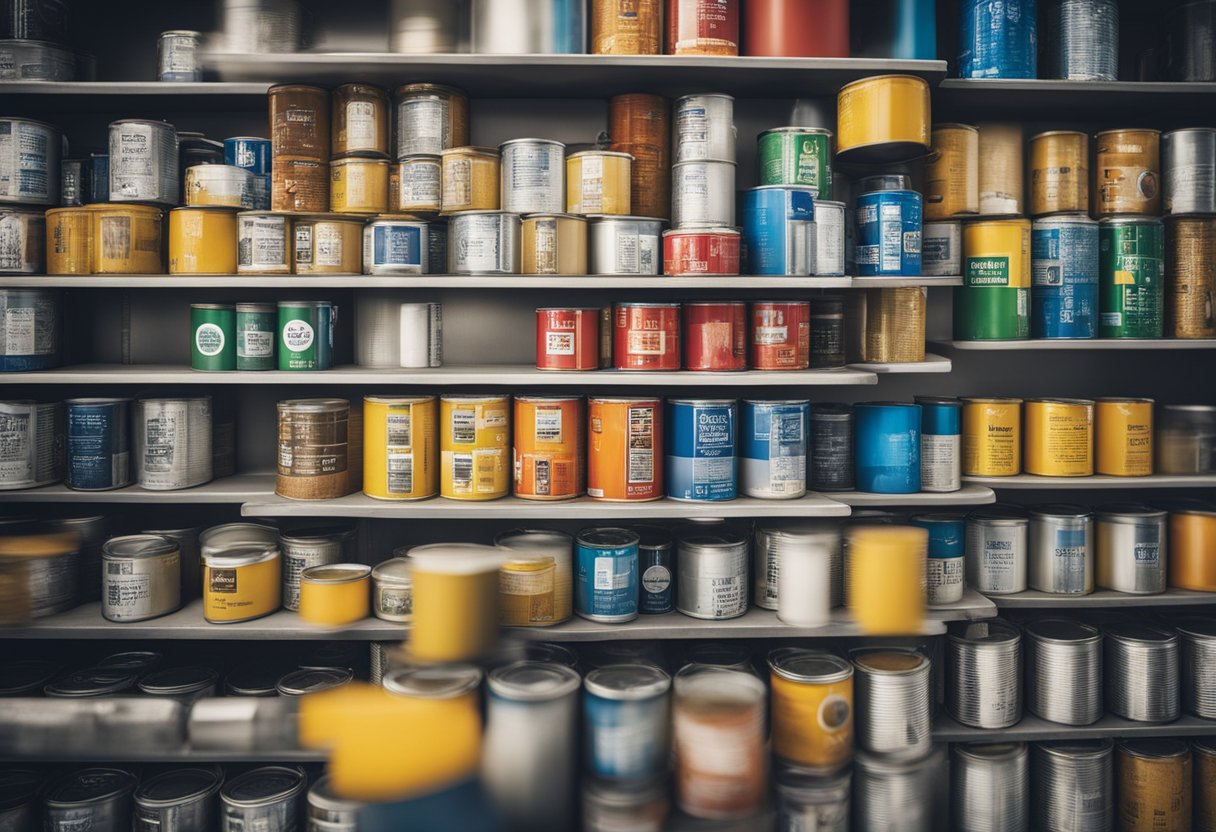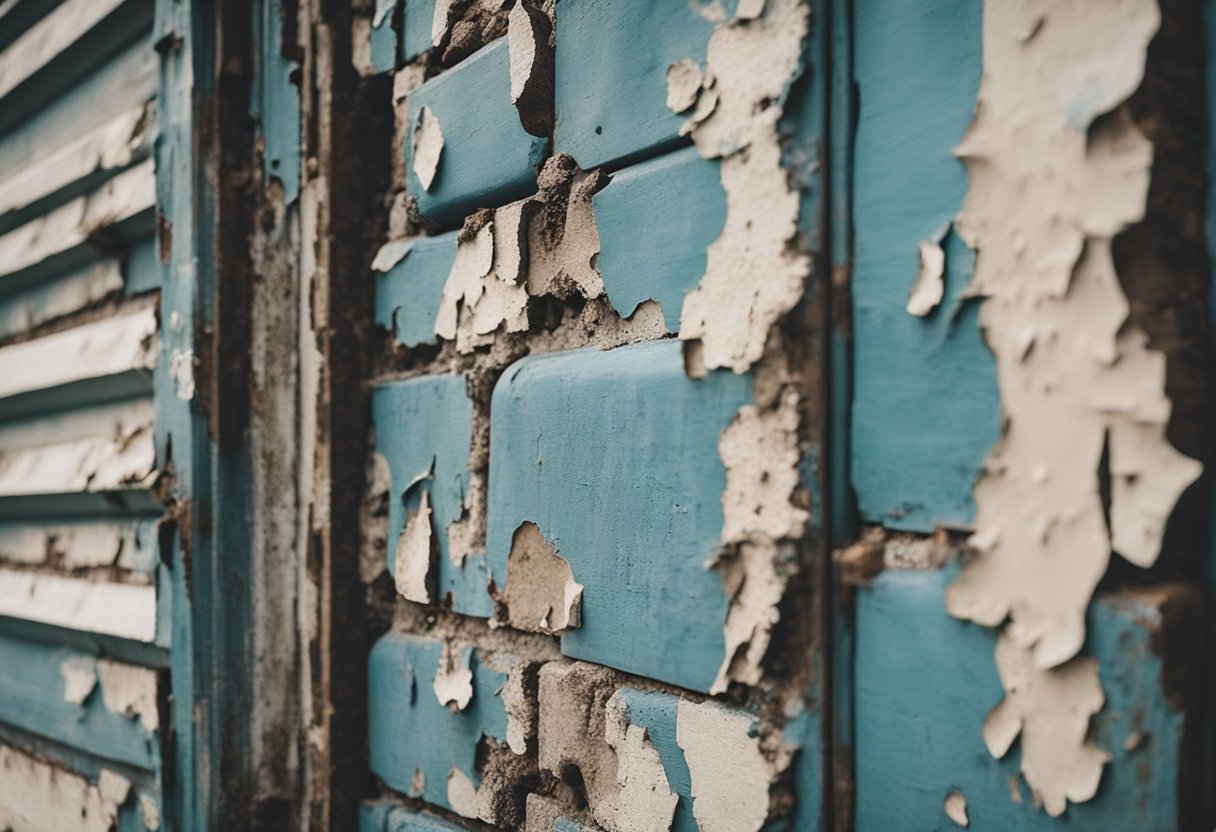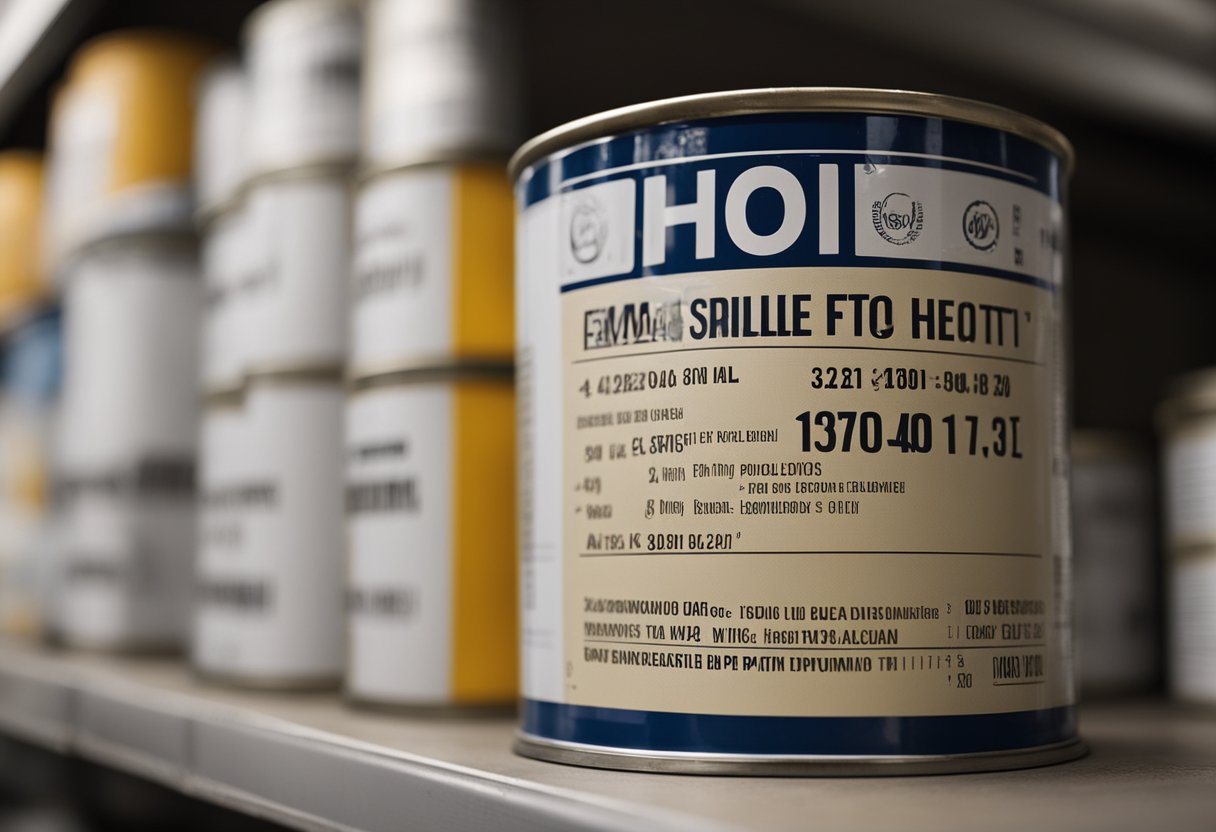How Much Paint Do I Need for a 3 Bedroom House? Estimating Your Painting Project Needs
Determining how much paint is required for a 3-bedroom house involves considering several factors, including the size of the rooms, the number of coats needed, and the paint's coverage rate. Paint coverage can vary widely depending on the brand and type of paint. Usually, a gallon of paint covers about 350 to 400 square feet. For a standard three-bedroom house, with each bedroom measuring approximately 150 square feet, additional areas such as hallways and the living room must also be factored into the total square footage.
To calculate the amount of paint needed for a three-bedroom house, one must measure the length and height of each wall to determine the total area to be painted. Doors, windows, and trim should be accounted for as they typically require less paint than walls. A more accurate estimation accounts for these subtracted areas. It's also essential to include the ceilings in the calculation if they are to be painted. Ceilings in a typical home measure about the same as the floor area, adding to the total paint needed for the project.
Assessing Paint Needs
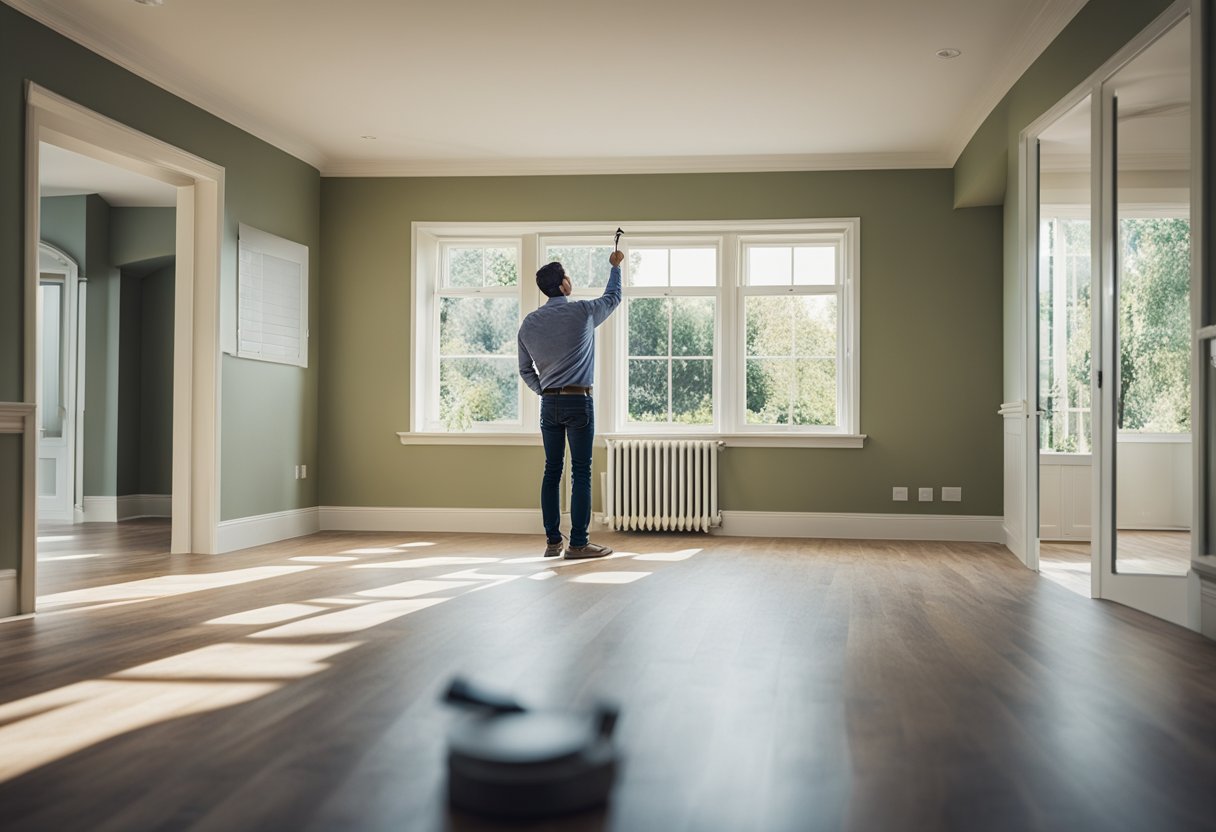
When determining how much paint is needed for a three-bedroom house, one must carefully calculate interior requirements and estimate the exterior needs based on surface measurements.
Calculating Interior Requirements
To calculate the paint needed for the interiors of a three-bedroom house, one should measure the total square footage of the walls. For a standard 1,500-square-foot house, interior wall space will be significantly less due to the inclusion of space occupied by doors, windows, and non-painted surfaces.
A paint calculator can help ensure accuracy by considering these variables. Assuming an average room height of 8 feet, one can list the length of each wall and multiply by the height to find the total square footage for each room. For example:
- Bedroom 1: 12'x8'x2 (two opposite walls) = 192 sq ft
- Bedroom 2: 12'x8'x2 = 192 sq ft
- Bedroom 3: 12'x8'x2 = 192 sq ft
- Additional spaces (living areas, kitchen, bathrooms) will vary
One gallon of paint typically covers about 350 square feet with one coat. Multiple coats, which might be necessary for full coverage, should be accounted for.
Estimating Paint for Exterior
The approach for estimating exterior paint involves measuring the external surface area of the home. One must consider the architectural style of the house since this will affect the total paintable area. Elements such as eaves, overhangs, and gables should be included in the total calculation.
The paint coverage rate might differ for exteriors compared to interiors, often due to the paint type and surface texture. It is crucial to use a paint calculator that allows one to input square footage and adjust for these variables to estimate the correct amount of paint required for the whole house, not just the bedrooms.
Again, it is advisable to factor in the paint needed for multiple coats to achieve a durable and even finish on the exterior surfaces.
Paint Volume and Coverage
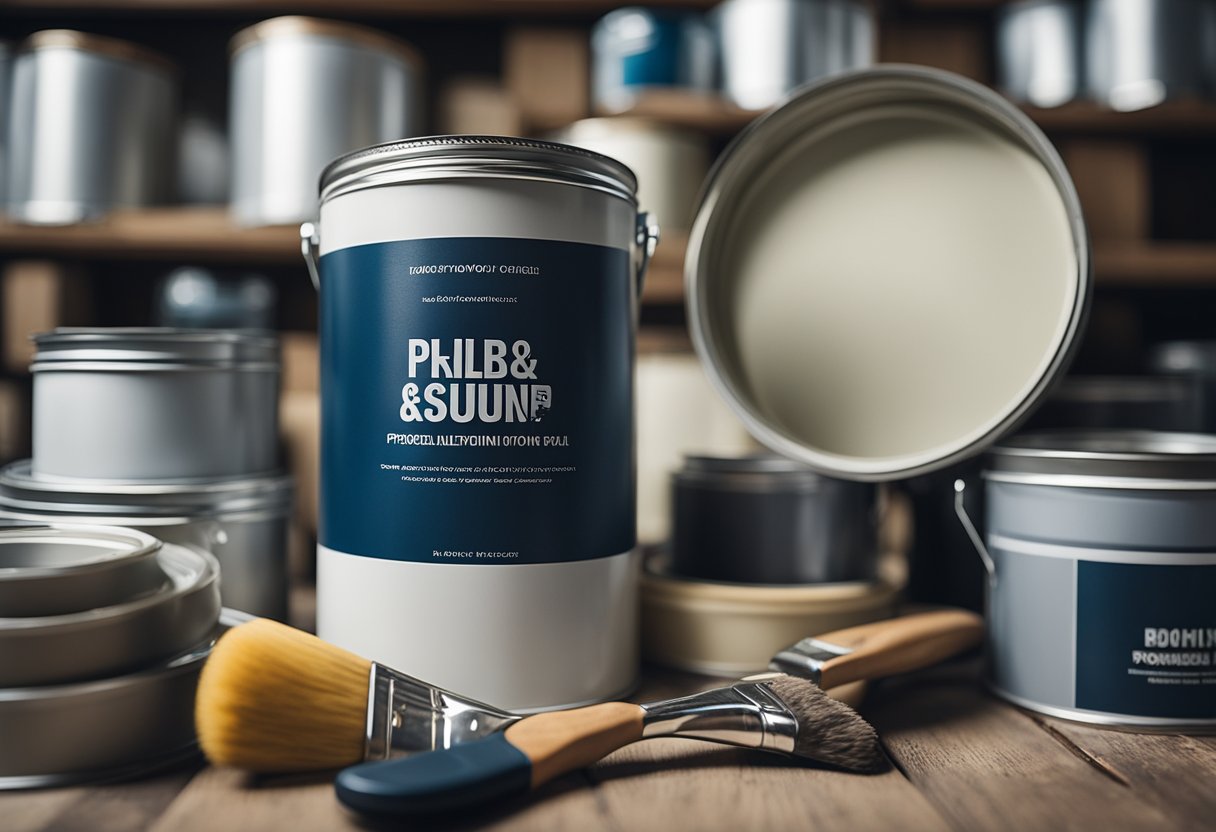
When planning to paint a three-bedroom house, it's critical to understand paint coverage and accurately calculate the volume of paint needed.
Understanding Paint Coverage
Paint coverage, often specified on the paint can, is generally measured in square feet per gallon. On average, one gallon covers approximately 350 to 400 square feet with one coat. However, coverage may vary based on the brand and type of paint. For example:
- Interior paint: 350-400 sq. ft. per gallon
- Exterior paint: 200-350 sq. ft. per gallon
Factors influencing coverage include the texture of the walls and whether the surface is pre-primed.
Room-Specific Paint Quantities
To determine how much paint is required for each room of a three-bedroom house, one should measure the total surface area to be painted and divide by the coverage ratio of the chosen paint. For interior walls, if a room measures 12 feet by 12 feet with 8-foot ceilings, the area is 384 square feet. Assuming two coats, 8 Litres of paint are typically ample for one room. For a full house, calculate the combined surface area of all rooms, not forgetting to subtract space for doors and windows.
- Full house (interior): The amount can vary; a 3,000 sq. ft. house may require up to 15 to 20 gallons for a single coat, depending on the interior layout.
- Full house (exterior): An approximate estimate for a 2,000 sq. ft. house exterior is around 10 to 15 gallons for a single coat, depending on material and surface texture.
Purchasing Paint

When embarking on painting a 3-bedroom house, it is essential to consider the quantity and cost of paint required for the project. Accurate estimation ensures that one buys enough paint to complete the job without unnecessary expenditure on excess paint.
Selecting the Right Paint
Choosing the right paint for a 3-bedroom house involves both quality assessment and quantity calculations. An average gallon of paint will cover approximately 350 square feet. To ascertain how much paint is needed for a 3-bedroom house, one should first determine the total square footage to be painted. This includes walls, ceilings, and other surfaces; however, it excludes areas occupied by windows and doors.
Interior Walls: For the interior, the general thumb rule is one gallon per 400 square feet. Given that, each bedroom might be roughly 200 square feet, and including other rooms such as the living room and kitchen could add up to approximately 1200 to 1500 square feet, one would require about 3 to 4 gallons per coat.
Exterior Walls: The exterior requires more resilient paint and commonly uses a greater quantity due to texture and exposure to elements. For an average-sized home, exterior painting might require around 10 to 20 liters per coat, depending on factors such as paint type and surface conditions.
Cost Considerations: The cost of a gallon of paint varies, typically ranging from $20 to $50 per gallon, depending on brand and quality. For a 3-bedroom house, using intermediate-quality paint could mean a budget of $60 to $200 or more on paint alone per coat.
To ensure that one purchases the correct amount, one may utilize a paint calculator tool, which takes into account room dimensions and subtracts the area of doors and windows to provide a more precise estimation.
In conclusion, precise measurements and careful consideration of the surface types and paint quality can help homeowners purchase the appropriate amount of paint needed for their 3-bedroom house and avoid overspending or underestimating the requirements.
Herndon Service - Best Painters in Herndon, VA
At Herndon Services, we're your trusted painters in Herndon, serving Northern Virginia from Ashburn to Centerville. With top-quality paint and a skilled team, we refresh your home's style. Beyond painting services in Northern Virginia, we offer flooring, remodeling, and handyman services. We prioritize quality and simplicity. Reach out for a free estimate and let us enhance your home!
